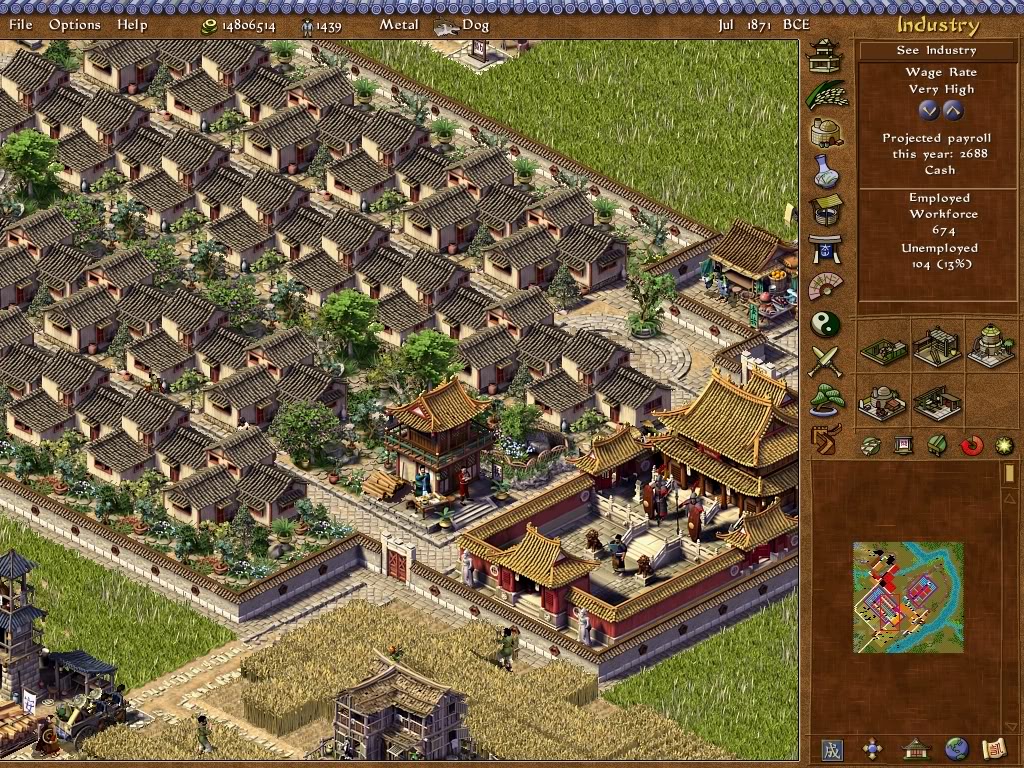

Mapped: The Most Common Illicit Drugs in the Worldĭespite strict prohibitory laws around much of the world, many common illicit drugs still see widespread use. Like the Histomap, it may not be a definitive history of the world – but instead, it’s a useful attempt that stimulates our appetite for more information about the world and the societies that inhabit it.

That said, it’s also not clear what data and records are available to show these maps over many centuries of time.ĭespite the possible flaws, the video does pack a lot of information into a short period of time, creating a compelling opportunity for learning and discussion. One key detail that seems to be missing, for example, is showing the development of the indigenous societies that existed in North America for thousands of years. While it is certainly ambitious, not everyone will agree that this is a successful attempt at portraying world history – even in the limited scope of time allotted. In the video, it’s possible to see European colonies develop in all parts of the world, as well as how they eventually morphed into the countries that dot the globe today. This colonial period marks the beginning of globalization, creating wide-ranging impacts that set the stage for more modern history. The video also provides a 10,000-foot view of the Age of Discovery, a period of time in which European powers explored the world’s oceans. There is no exact figure on the final death toll, but historians estimate it to be somewhere between 75 and 200 million people throughout Eurasia. The Black Death - one of the most devastating pandemics in the history of the world - hit Europe in 1346, and it eventually killed 30-60% of the continent’s population. In the mid-14th century, you can see this number take a rare U-turn, as millions of people die from the infamous and deadly Bubonic Plague. The video also shows other vital stats, such as an estimate of global population through the ages.

For example, Kublai Khan - the grandson of Genghis Khan - even went on to begin the influential Yuan Dynasty in China. Later on, it fragmented into smaller empires that were also quite notable in the context of world history. The empire reached its greatest extent just two years after the death of Genghis Khan. Under the leadership of Temüjin - also known as Genghis Khan - the Mongols conquered one of the largest empires by land. Similar to the Huns or various Turk federations, the Mongols were known for their proficiency with horses, bows, and tactics like the feigned retreat. Nearby societies have always been on edge when nomadic tribes in the Eurasian Steppe entered into organized confederations. No history of the world is complete without a mention of the Mongols. One of the largest empires in history, the Umayyad Caliphate peaked sometime around 750 AD.Ĭonquering most of North Africa, the Middle East, and even parts of Europe (including modern-day Spain, Portugal, and France), the Umayyads commanded a formidable territory with an area of 11,100,000 km² (4,300,000 sq. Let’s look at some specific moments on the video that particularly stand out. However, it’s still a compelling attempt at showing global history in a short and sweet fashion. Similar to the Histomap, it’s pretty much impossible for a video like this to be perfect due to biases and a general lack of data. Today’s video comes to us from Ollie Bye, and it attempts to integrate the histories of all major civilizations known by historians into a single, epic video. You may be familiar with the achievements of prominent societies like the Romans, Mongols, or Babylonians, but how do all of their stories intertwine over time and geography? Visualizing the History of the World Throughout the history of the world, many civilizations have risen and fallen.


 0 kommentar(er)
0 kommentar(er)
